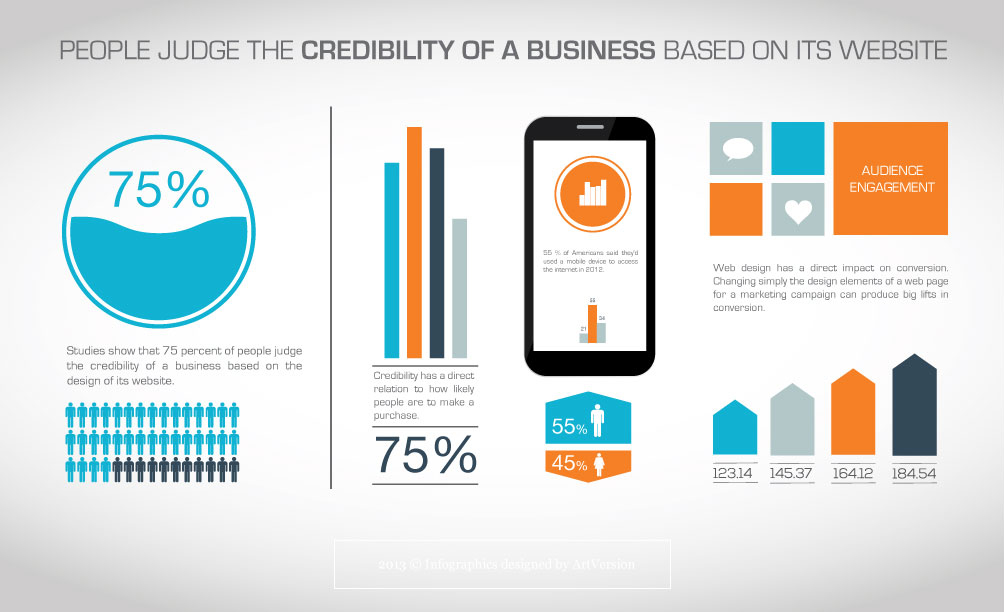Fascinated In Discovering Just How Site Style Has Advanced Throughout The Years? Discover The Trip From Standard, Simple Styles To User-Centric User Interfaces That Prioritize The Visitor'S Experience
Fascinated In Discovering Just How Site Style Has Advanced Throughout The Years? Discover The Trip From Standard, Simple Styles To User-Centric User Interfaces That Prioritize The Visitor'S Experience
Blog Article
Article Writer-Jonasson Wren
In the past, websites were straightforward and focused on info. Navigation was direct, and design was for desktops. Currently, individual experience is crucial. seo consultant rates guides styles for very easy navigation. Responsive designs suit various devices. Today, dark setting minimizes strain, and minimal food selections boost navigating. Interactive functions involve individuals, and vibrant visuals stand out. AI combination increases engagement. See how layout has actually progressed to improve your on the internet journey.
Early Days of Website Design
In the very early days of website design, simplicity preponderated. you could try here were standard, with limited shades, typefaces, and designs. The focus was on providing info as opposed to fancy visuals. Customers accessed the internet through slow-moving dial-up connections, so rate and functionality were key.
Navigation menus were straightforward, commonly located on top or side of the web page. Web sites were made for desktop, as mobile browsing wasn't yet common. Content was king, and designers prioritized very easy readability over complicated layout elements.
HTML was the key coding language used, and developers had to function within its restraints. Computer animations and interactive functions were very little compared to today's standards. Sites were fixed, with little vibrant content or individualized customer experiences.
Rise of User-Focused Design
With the advancement of web site style, a shift towards user-focused style concepts has ended up being progressively famous. Today, developing web sites that focus on user experience is vital for involving site visitors and accomplishing company objectives. User-focused layout involves comprehending the demands, preferences, and habits of your target market to tailor the website's format, material, and features appropriately.
Designers now conduct thorough study, such as customer studies and use screening, to collect understandings and responses directly from users. This data-driven method helps in creating instinctive navigating, clear calls-to-action, and visually attractive interfaces that resonate with visitors. By positioning the user at the facility of the style procedure, web sites can deliver a more personalized and pleasurable experience.
Responsive style has actually also become an essential facet of user-focused design, ensuring that sites are enhanced for different gadgets and screen sizes. This flexibility improves ease of access and use, catering to the diverse ways customers interact with internet sites today. Essentially, the rise of user-focused design signifies a change towards producing digital experiences that prioritize the demands and assumptions of completion customer.
Modern Trends in Website Design
Explore the current patterns forming website design today. One popular trend is dark mode design, providing a sleek and modern-day appearance while minimizing eye pressure in low-light atmospheres. One more key fad is minimal navigating, streamlining menus and boosting customer experience by focusing on essential elements. Integrating micro-interactions, such as animated switches or scrolling impacts, can produce a much more engaging and interactive website. Receptive style continues to be crucial, making sure smooth customer experiences across different devices. Additionally, using strong typography and unbalanced layouts can include visual passion and accentuate certain material.
Integrating AI technology, like chatbots for client support or tailored recommendations, improves user engagement and simplifies processes. Availability has additionally become a significant fad, with developers prioritizing inclusive layout practices to cater to diverse user requirements. Embracing sustainability by enhancing site performance for speed and effectiveness is one more arising pattern in web design. Teaming up with customer responses and data analytics to iterate and improve design continuously is crucial for remaining pertinent in the ever-evolving electronic landscape. By accepting these modern-day trends, you can create an aesthetically attractive, easy to use website that reverberates with your target market.
Conclusion
As you reflect on the evolution of internet site layout from the early days to currently, you can see just how user-focused design has come to be the driving pressure behind modern patterns.
Accept the trip of change and adaptation in website design, always maintaining the user experience at the leading edge.
Keep existing with the most recent patterns and innovations, and never ever quit progressing your approach to develop visually sensational and straightforward sites.
Develop, adapt, and create - the future of web design is in your hands.
